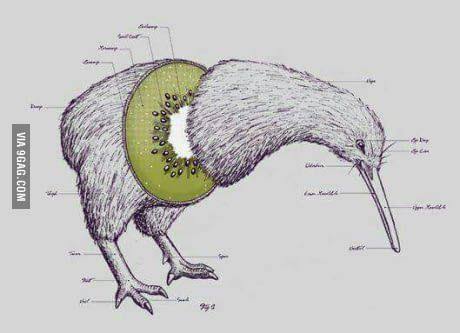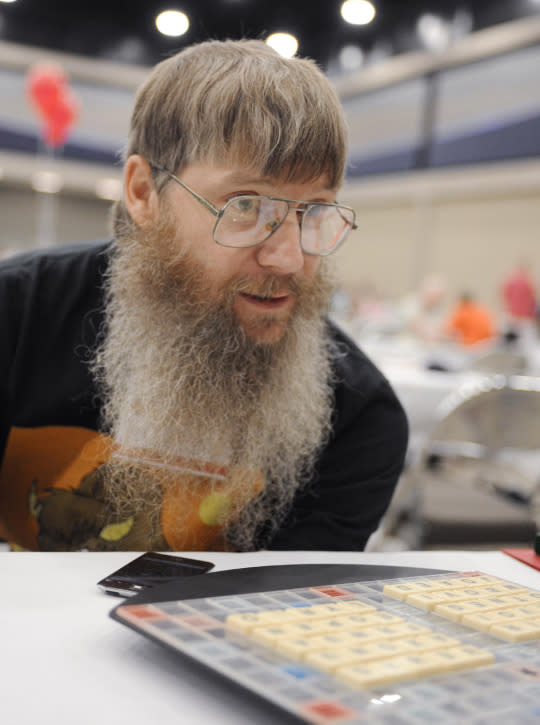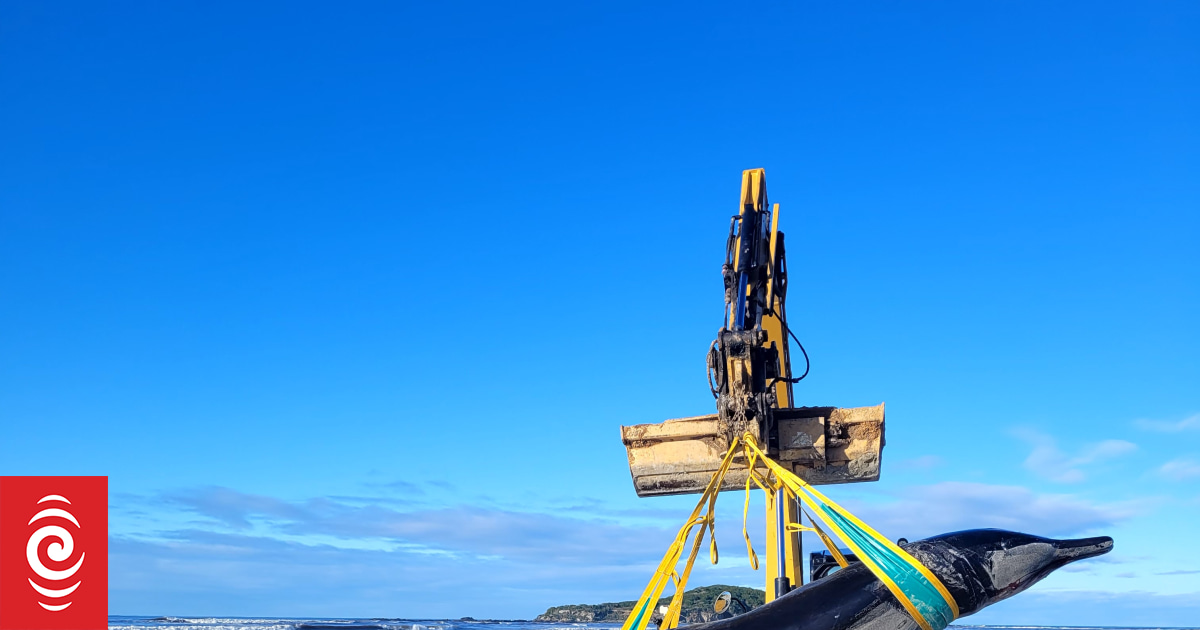- 14 Posts
- 56 Comments
Crickey, that’s an interesting response. I guess I should ask, why do you go there then?
I was ready to take on a cafe about 10 years back, but the business owners still wanted full control of how the cafe was run, so my answer was no.
Time to get into the only “drink at home” principle. I have to admit, we have several friends and locals who often visit us, seemingly primarily for our coffee. Got a visitor coming tomorrow, they’ll get a taste of our new Deadly Sin blend. Won’t say anything, just ask about how they like our “new” coffee.
I guess cafes need to run dozens, if not hundreds, of shots a day. Once they establish their process, and that’s typically biased to saving money, that’s when you find your home coffee tastes a million miles better than that from the local cafe.
Mine does too, so after use, I remove it and leave the portafilter resting on the machine base. After a while, so typically before the next brew, it has dried enough to make the old coffee removal from the portafilter easier.
Glad to see your extract is better timed. It’s all very tricky on timing to suit the machines, certainly not a plug and play!!!
What you could try is half filling the portafilter, then tamping, top it up and tamp again.
I tamp my portafilter by filling it to the rim with ground coffee, resting the portafilter head on the kitchen worktop, then really leaning into the tamping process, only a single tamp press for me. It should drop the coffee level 1-2mm.
We make ours using a 60ml double shot simultaneously into 2 cups, so 30ml coffee extracted onto 30ml of hot water already in each cup. Then a small, and I do mean small, splash of oat milk.
The tamping is very important, the coffee grinds in the portafilter should be very dense after tamping. My machine user guide suggests tamping at 25Kg. If you’re not getting a full 60ml shot, with your current grind, try extending the extraction time. Maybe don’t run it on auto, but manually start/stop.
My setup, not a high end machine, can’t cope with extra fine grinds. My extraction time for a double shot is around 30 secs.
What you describe sounds like under extraction, the coffee is thin and lacking in flavour. Can I suggest you experiment and not rely on the user guide suggestions?
That’s interesting. I burr grind my own beans seconds before making the espresso’s. I had already adjusted my grind to espresso, and timed it to fill the portafilter, takes about 25 seconds and uses 20-22 gms ground coffee.
Once the grinder has filled the portafilter, I tamp it down with quite a significant press on the tamper. We don’t mess with the milk foamer, simply splash in a very small amount of cold Boring Barista oat milk to each cup. Then for me, a small sprinkle of chilli chocolate powder on top of the crema.
For our blend I simply mixed the beans 50/50 in tne grinder.
It’ll be interesting to hear how it goes for you. The Deadly Sin on-line marketing etc really grabbed me, made me keen to try it, so I guess it did its job for them.
Just some notes after a few days of Deadly Sin tasting. We found it really has a strong taste, but not burnt like some darker coffees. This makes it taste very strong yet smooth.
Mrs Floofah is not keen, too strong for her, so this morning I made a DIY blend 50% Deadly Sin and 50% Hummingbird Colombia. My blend was noticeably a less strong taste, but the blend has nicely perked up the Colombia.
TIL - roasting and blending coffee is a science.
Just got some Deadly Sin coffee beans.
The taste for me is great, strong but smooth, not the burnt taste some stronger coffee’s have. A blend of Robusta and Arabica beans hence the higher strength.
It’s tough commenting on-line suggesting foods, drinks, movies etc to others, it’s all a very personal preference.

 3·11 months ago
3·11 months agoHe didn’t need to in order to win the Scrabble and indeed, speaking a foreign language needs a lot more than memorising a dictionary, though that in itself was a massive accomplishment.

 5·11 months ago
5·11 months agoWow, my error not seeing the article date, sorry about that. It popped up on my feed this am. Better look more carefully in the future.
It’s used to promote the bud burst, and hence fruiting, so more fruits appear at the same time which makes harvesting better controlled. Hi-Cane is also used on apples for exactly the same reason. I’m not an expert, but I’d suspect the warmer weather up here would typically promote more random fruiting.
The sprays are to replicate frosts which we don’t get that would do something similar. The warmer weather probably means earlier harvests as well up here.
We live next door to 2 x Kiwi fruit orchards. Just had a notification that one is spraying Hi-Break, same thing as Hi-Cane, this Friday. Warns do not enter the orchard for 5 days!!! Seems Friday should be a day indoors for us.

 3·11 months ago
3·11 months agoHa, ha, glad my supposition made you an “expert” 😀😀👍👍

 4·1 year ago
4·1 year agoI’m staggered that anyone, even without formal training,would think removing the bolts from more than one leg at a time is the way.
When I first posted about this , it was more of a “this can’t be true” suggestion, but no, it was real.
Someone’s head needs to roll over this imo.

 2·1 year ago
2·1 year agoThat’s a good question. The health effects of the previous product have caused serious questions for a long while, so one might guess the new product has been developed to cause far less issues in side effects, yet still be effective in its action.
Another thing I do is heat the espresso head plus the cups by placing them in boiling water from the kettle for a short while before extracting. Makes the coffee in the cups stay nicely hot afterwards. We only have a lower end Sunbeam machine, but hot coffee can be made in a couple of minutes without leaving the machine on for a long time to heat it all up.
Try this …
First heat a small cup of milk in the microwave. Turn the machine steam wand on, and wait for steam to emit. Then dip the end of the steam wand in and out of the milk while keeping the tip near the surface, this’ll foam the milk nicely.













I fully understand the social aspects of your comments. That said, your coffee made from your own machine will be a bit more personal and need to be as best as possible aligned to your personal taste.